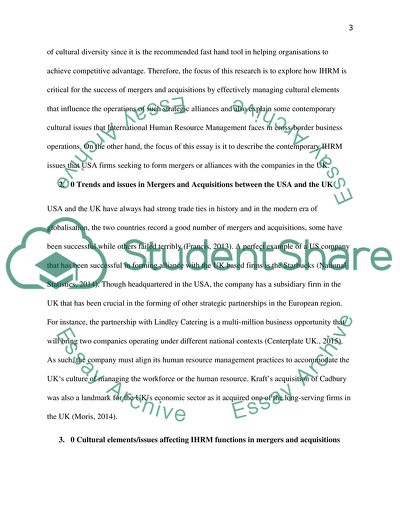Cite this document
(What role does international human resource management play in Essay, n.d.)
What role does international human resource management play in Essay. https://studentshare.org/human-resources/1876063-what-role-does-international-human-resource-management-play-in-managing-different-cultural-issues-in-mergers-and-acquisitions-to-ensure-that-the-organisation-achieves-a-competitive-advantage
What role does international human resource management play in Essay. https://studentshare.org/human-resources/1876063-what-role-does-international-human-resource-management-play-in-managing-different-cultural-issues-in-mergers-and-acquisitions-to-ensure-that-the-organisation-achieves-a-competitive-advantage
(What Role Does International Human Resource Management Play in Essay)
What Role Does International Human Resource Management Play in Essay. https://studentshare.org/human-resources/1876063-what-role-does-international-human-resource-management-play-in-managing-different-cultural-issues-in-mergers-and-acquisitions-to-ensure-that-the-organisation-achieves-a-competitive-advantage.
What Role Does International Human Resource Management Play in Essay. https://studentshare.org/human-resources/1876063-what-role-does-international-human-resource-management-play-in-managing-different-cultural-issues-in-mergers-and-acquisitions-to-ensure-that-the-organisation-achieves-a-competitive-advantage.
“What Role Does International Human Resource Management Play in Essay”. https://studentshare.org/human-resources/1876063-what-role-does-international-human-resource-management-play-in-managing-different-cultural-issues-in-mergers-and-acquisitions-to-ensure-that-the-organisation-achieves-a-competitive-advantage.


